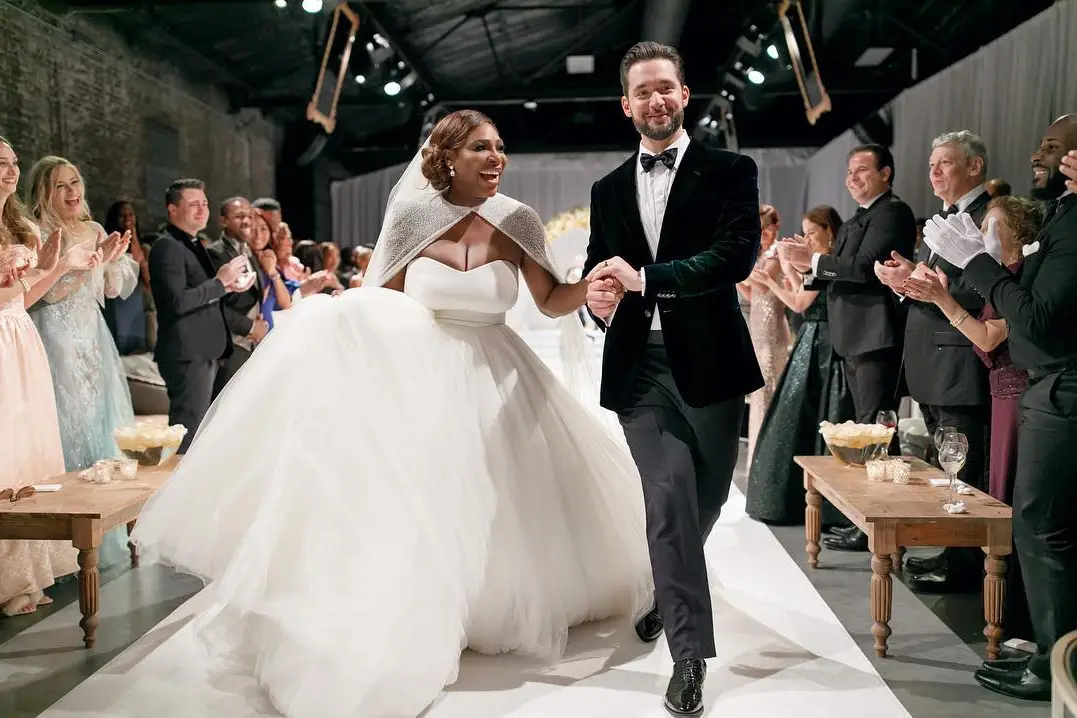Wedding dresses often come with a hefty price tag, and understanding why can help you appreciate what goes into these beautiful gowns. In “What Makes Wedding Dresses So Expensive,” you will discover the intricate craftsmanship, luxurious materials, and countless hours of labor that contribute to their cost. From delicate lace to custom fittings, every detail is meticulously designed to make your special day unforgettable. This enlightening read will give you a new perspective on what makes these stunning creations truly worth the investment. Have you ever wondered why wedding dresses are so expensive? Whether you're a bride-to-be or simply curious, you're not alone in pondering this question. The bridal industry is a fascinating world, full of stunning gowns and eye-popping price tags. While it might feel like you're paying a premium simply because it's labeled a “wedding” dress, there's actually much more to the story.

Table of Contents
Understanding the Craftsmanship
High-Quality Materials
A significant part of the cost of a wedding dress comes from the materials used. Bridal fabrics like silk, satin, tulle, and lace are typically more expensive than regular fabric. Manufacturers often use materials that are not only luxurious but also durable.
For example:
| Material | Description | Cost |
|---|---|---|
| Silk | Natural fiber, elegant sheen, breathable | High |
| Satin | Smooth finish, slightly heavier than silk | Medium to High |
| Lace | Delicate, intricate patterns | Medium to High |
| Tulle | Light, airy, often used for veils | Low to Medium |
Custom Design and Tailoring
Your wedding dress is often tailored to fit you perfectly. Off-the-rack options usually require adjustments, and custom-made dresses involve skilled artisans who spend countless hours hand-sewing and fitting the gown to your body. The level of detail put into making each dress contributes to its cost.
Handcrafted Details
Many wedding dresses feature intricate details like hand-embroidered patterns, beaded embellishments, and appliques. These elements are often created by skilled artisans who take time to ensure each piece is perfect, adding to the overall cost.
Designer Influence
Name Recognition
If you're opting for a wedding dress from a well-known designer, be prepared to pay a premium for the brand name alone. Designers like Vera Wang, Monique Lhuillier, and Carolina Herrera are big names in the bridal world, and their gowns can easily run into the thousands of dollars.
Limited Editions
Some designers release limited edition gowns, making them unique and highly sought after. The limited availability increases the gown's desirability—and its price.
Business Costs
Retail Markup
Retail shops are businesses. They incur costs related to rent, salaries, marketing, and more. These costs are often passed on to you, the buyer. The markup can be significant, sometimes doubling the wholesale price of the gown.
Import and Shipping Fees
Many wedding dresses are made overseas, which means they incur import duties and shipping fees. These costs are factored into the final retail price of the dress.
The Emotional Factor
Sentimental Value
You're not just buying a dress; you're purchasing a garment that will be part of one of the most memorable days of your life. The added emotional value often justifies a higher price point for many brides.
Once-in-a-Lifetime Experience
Shopping for a wedding dress is often a unique experience. Bridal boutiques offer luxurious showrooms and personalized service, all of which are part of what you pay for.
Sustainable and Ethical Practices
Eco-Friendly Fabrics
There is a growing trend toward using eco-friendly materials, which are more expensive due to their sustainable sourcing and ethical manufacturing processes.
Fair Labor
Several bridal companies are committed to paying fair wages and providing good working conditions, which naturally increase the cost of production.
Tips to Manage Costs
Set a Budget
Start with a clear budget in mind. Knowing how much you can afford to spend will guide your shopping experience and help you avoid unnecessary stress.
Shop Sales and Trunk Shows
Bridal shops often have sales, especially at the end of wedding seasons. Trunk shows are another opportunity to score a deal on designer dresses.
Consider Second-Hand Options
There are numerous sites dedicated to selling pre-owned wedding dresses. This can be a more sustainable and budget-friendly option.
Alter a Family Heirloom
Another meaningful and economical option is to alter a family heirloom dress. With some professional changes, a dress that’s been passed down can feel entirely your own while saving you money.
Conclusion
In the end, the high cost of wedding dresses can be attributed to a combination of high-quality materials, intricate craftsmanship, designer influence, business costs, and the emotional and experiential factors associated with wedding dress shopping. While the price might seem steep, understanding the reasons behind it can help you appreciate the true value of these beautiful gowns. Armed with this knowledge, you can make a more informed and confident decision when it's time to find your perfect dress.
We hope this journey into the world of wedding dresses has been as enlightening for you as it’s been fascinating for us to explain. Happy dress shopping!
